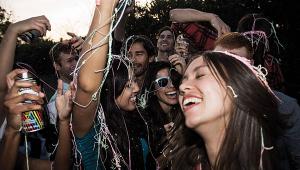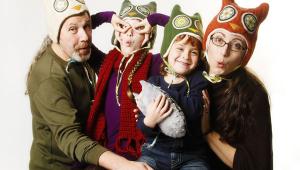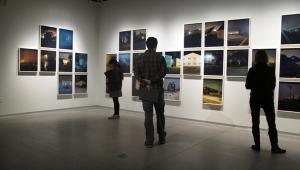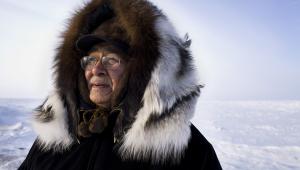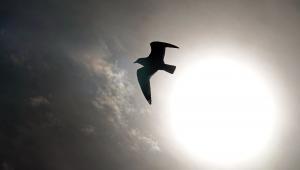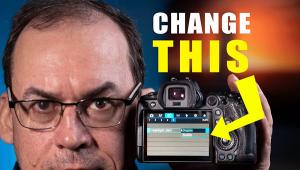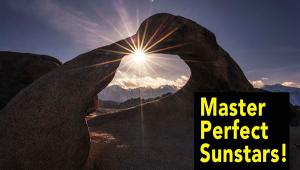I agree Patrick Ecclesine is truly a wonderkid photographer that is skyrocketing into the photography seen.He is truly up and coming. Patrick Ecclesine won the award with Annie Leibovitz for the Top Photography Book in 2009. he also has a great review done by Popmatters on Patrick Ecclesine. I'm looking forward to his new project "Slow Kiss".
Business Trends
Lighting Your Way To Success
I never really believed in the term "overnight success" in photography that is, until I met one. Patrick Ecclesine's (www.ecclesine.com) achievements took actually a week or two and they were not just handed to him. The combination of opportunity, recognition of that opportunity, sheer guts and persistence made him the lighting success story you will read here. The two most important lessons learned are: one, if you don't ask, the answer is "No." Two, once the technical preparation is in place, go for it. Literally, he took this opportunity to do what he had been taught in his acting career--to step into the moment and let instinct take over. Here is his story: |
|||
Shutterbug: Briefly
describe your photography background. |
|||
SB: What is
SlamBall and your interest in the sport? |
|||
SB: You were
just starting out as a photographer. What particular problems did you
come across in the beginning? |
|||
SB: That sounds
like a wonderful business opportunity, but without the technical knowledge,
what made you take on this challenge? |
- Log in or register to post comments







